The only way you can buy a foreclosed unit from Pag-IBIG is through public auction. But how can you do it?
In this blog, I will tell you about two things: joining the auction and the needed documents.
But before we proceed, have you read the first part of the Step-by-step: How To Buy A Pag-IBIG Foreclosed Property series? That is where you can find the list of foreclosed properties.
Done reading? Let’s go!
How To Bid A Foreclosed Property?

In the simplest explanation, you have to submit your offer price or bid for your chosen foreclosed property.
The buyer with the highest offer will win the unit.
The offer price will depend on you and your budget. But it has to be higher than the Minimum Gross Selling Price.
For example, if the Minimum Gross Selling Price is P800,569.24, you will have to add a certain amount to your offer price. It can be P1.00, P1,000, P100,000, or even higher. It really depends on your budget.
Hmm. Just think of it this way.
You have opponents in a betting game. Would you let them win just by adding P1.00 in your bet? Remember that the highest bidder gets the house.
If you lose, there's still hope, you can still join next time.
What Are The Requirements?

Pag-IBIG has a Checklist of Requirements on the right side of the Properties for Sale (Acquired Assets) page (see text underlined in green from the photo above). But it’s incomplete and confusing.
So, I made this list that can be your reference. These are the documents that I submitted for the auction.
Remember the PDF file after tapping the “Click to open complete details” button on the Properties for Sale (Acquired Assets) page? You can get all the requirements from that file.
After the list of the foreclosed properties, just scroll down through the middle until you see the forms you'll need.
Hold on, just a clarification. Properties Under Public Auction and Properties Under Negotiated Sale have differences when it comes to forms.
We'll discuss Properties Under Public Auction first.
You will need the following:
1. Two (2) Copies Instruction to Bidders

You will have to read this thoroughly before signing it. This document will give you the necessary information you need aside from the General Guidelines on page 1 through page 3 of the PDF file.
2. Two (2) Copies of Offer To Bid Form

This one needs the details of the property that you want, your offer price, and some more of your information.
Take note: Leave the "Rank" box on the upper left. A Pag-IBIG representative will fill that out after the bidding.
I had a hard time answering this form because it included some strange words on the form such as “SBP Tranche No.”, “Batch Number”, “Property Number”, “Mode of Payment”, “Bid Offer”, and “Bid Bond”.
Ano 'yun?
Here’s how you should fill this out.

SBP Tranche No. indicates the group number of the foreclosed property that you will bid.

You can find this on page 1 of the PDF file.It is under the “Tranche” column and starts with SBP followed by three numbers (see photo).
Meanwhile, Properties Under Negotiated Sale needs an Offer To Purchase form. This is different from the Offer To Bid form that Properties Under Public Auction requires.

Batch Number also indicates the group number of the foreclosed property that you will bid.

It can also be found on page 1 of the PDF file (see photo).
We're done differentiating the two in terms of the required forms.
The following can be both found in the above-mentioned forms:

Mode of payment is choosing whether you want to pay the property in cash, within a year, or up to 30 years (see photo). The longer the payment period, the lower the monthly fees.

Property Number is a set of numbers unique in every foreclosed property. As discussed in the first part of this series, it can be found in the second column of the list of foreclosed units, after the Item No.

Bid Offer or Offered Price is the amount that you’re willing to pay for the property. There are two lines in the form. Write the amount in words on the first line then put the numbers on the second one (see photo).
For example, your bid offer is P850,570. In this case, it has to be written this way: eight hundred fifty thousand five hundred seventy pesos. I recommend you put the number on Google to convert it into words to avoid mistakes. Any errors will lead to disqualification.

Bid Bond is 5% of your bid offer. This is only applicable for Properties Under Public Auction. You will have to include this because upon winning, you will have to pay the 5% bid bond before the contract signing and move-in papers. You also have to write the amount in words and in numbers.
For example, 5% of your P850,570 bid offer is P42,528.50. Using Google to convert, it’s forty-two thousand five hundred twenty-eight pesos and fifty centavos in words.
Oops. Another clarification: What is the 5% bond for?
For Properties Under Public Auction, you will have to pay the 5% bid bond upon winning the auction. It will be deducted from your bid offer eventually. This is like the downpayment for the property.
While in Properties Under Negotiated Sale, you will only have to pay P1,000 as a reservation fee.
Kaya pa? What if we do a quick pause? Drink some water. Then read.
After dissecting the forms, let's continue the needed documents.
3. One (1) Copy of Registration Form

You will have to fill this out with the information needed such as your name, address, and contact number. One copy for you, and one for Pag-IBIG.
4. Buyer’s Information Sheet

It can be downloaded on the "Checklist Of Requirements" on the right side of the "Properties for Sale (Acquired Assets) page (see photo).
It will need your personal information again but this time there are more to fill out. You will have to put your SSS, PhilHealth, and other government ID numbers, your employment details, bank accounts, existing loans, and credit card/s.
Some information from your Offer To Bid or Offer To Purchase form is also needed. If you have a co-borrower, you will have to declare it in this form. A 1x1 photo is also needed in this document.
5. Two (2) Photocopies Each Of Two (2) Valid IDs
Two valid IDs are needed. In my case, I submitted my UMID ID and company ID. You need two (2) photocopies of each ID, back-to-back. Put three (3) specimen signatures on each page.
6. Proof Of Income
A certified true copy of your one-month payslip will do. But if it’s not available, like in my case, you can ask your Human Resources Department for a Certificate of Employment.
7. One (1) White Long Envelope
This is the most important requirement. You will have to put all these documents and forms, except for the registration form, inside the white long envelope and seal it with paste or glue. It’s ok if you fold the papers. Do not write anything on the envelope.
Again, right before we leave this topic, please take note that any mistake in filling out these documentary requirements will result in disqualification. You will have to be careful in filling out the forms before submitting them.
Do you need a quick break? Ok, breathe. Take a pee break. Then continue reading.
How Does The Auction Happen?

In pre-pandemic times, Pag-IBIG conducts face-to-face public auctions. You will be in a room with other buyers. During the process, a moderator will show the property while buyers raise their placards with their offer price.
But it’s a thing of the past now.
Bidding happens through drop boxes now.
After completing your requirements, you will have to visit the nearest Pag-IBIG Business Center in your area. In my case, I went to its branch in JELP Building in Mandaluyong City.

Bring with you the sealed white long envelope with the documents and forms, and the accomplished registration form. Upon arrival at the Pag-IBIG Business Center, you can ask the security personnel for assistance. Tell them that you’re joining the public bidding.
This is where it gets tricky.
There are six (6) different drop boxes. Each category has two of them.
This means, two drop boxes are dedicated for Properties Under Public Auction (No Discount), two for Properties Under Public Auction (With Discount), and two for Properties Under Negotiated Sale.
You have to be careful where to drop your sealed white long envelope. Again, you can ask the security personnel for assistance.
After finding the right drop boxes for you, you will have to drop the registration form in its dedicated box, and the sealed white long envelope in its own box.
That’s it! You just joined the bidding for a Pag-IBIG foreclosed property!
When Does The Bidding Happen?

In my previous post, @Lazysnail already asked about this.
Pag-IBIG indicates the schedule of public bidding on the Properties for Sale (Acquired Assets) page (see photo above).
Buyers have one week to prepare and submit the documentary requirements.
Opening of bids happens the following week after the bidding period.
Finally, How Would You Know If You Won The Property?

A Pag-IBIG representative will call and text you if you reigned as the highest offeror (see photo above). You can also check out the list of winning bidders on the right side of the Properties for Sale (Acquired Assets) page (see photo).

After that, you will have to visit again the Pag-IBIG Business Center to pay the 5% Bid Bond (for Properties Under Public Auction).
After the payment, you can now claim the Notice of Award. Congratulations! It’s official, you won the bidding!
A Pag-IBIG representative will also give you another list of requirements that you will need to prepare and another set of fees that you will need to pay.
In the final part of this series, I will talk about some pro tips on how you can pick a property, and how to win the bidding.
What do you think of this article? Do you think it's too long? Tell me in the comment section how I can improve my work.
And, do you have any questions so far? Comment now and I will answer them as soon as possible.
#property #investment #millennial #investor #pagibig #housing



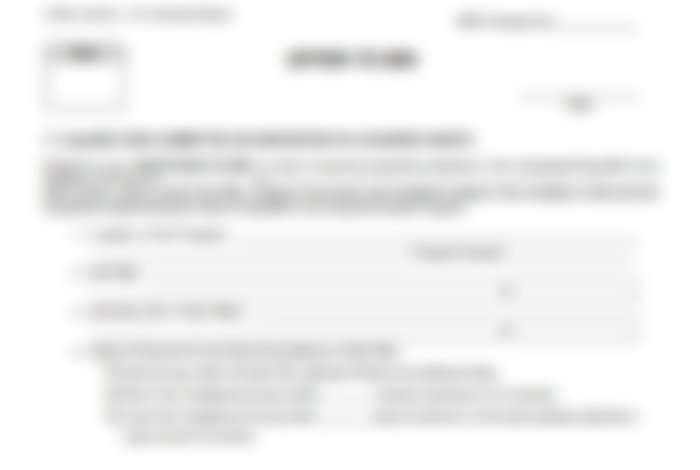
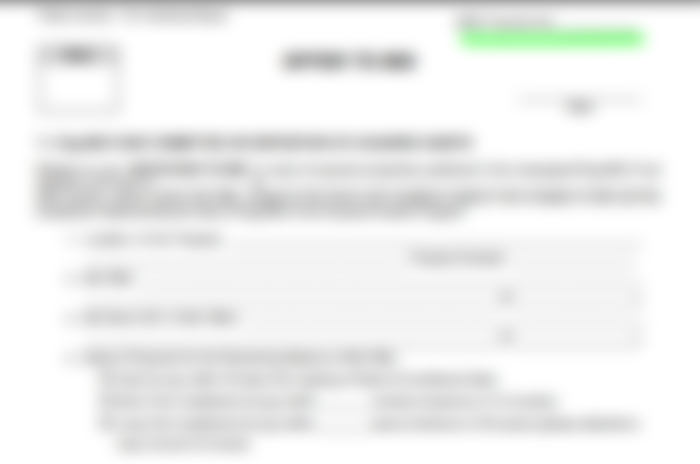

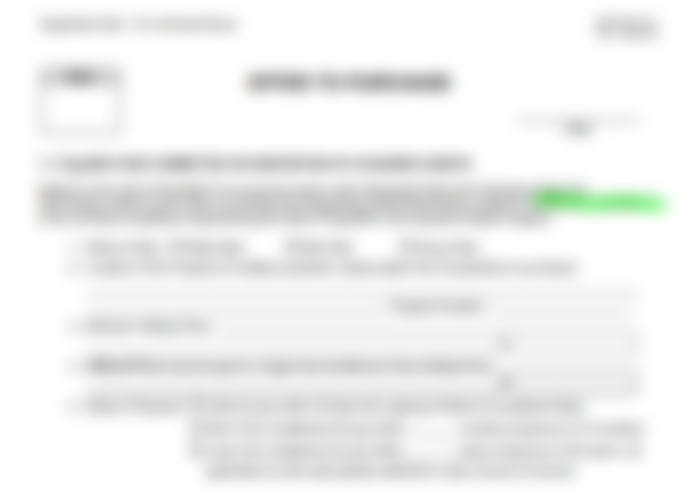


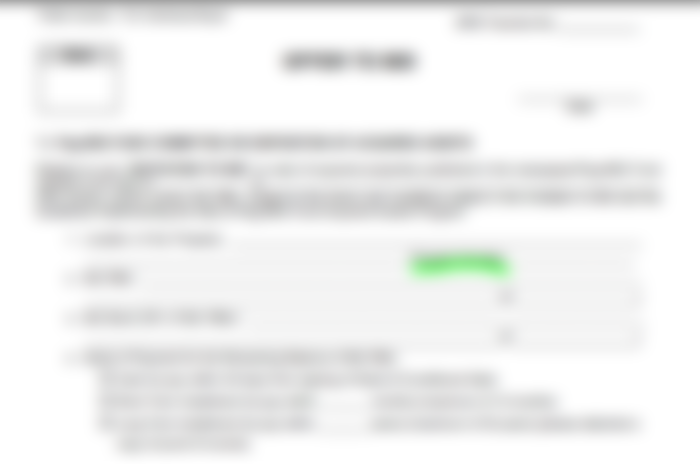
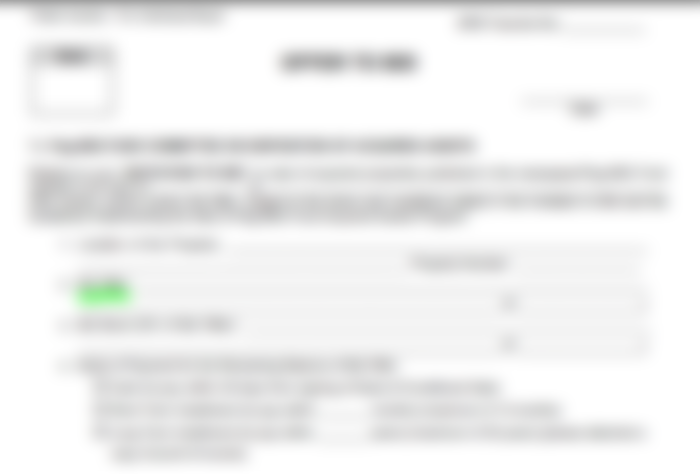
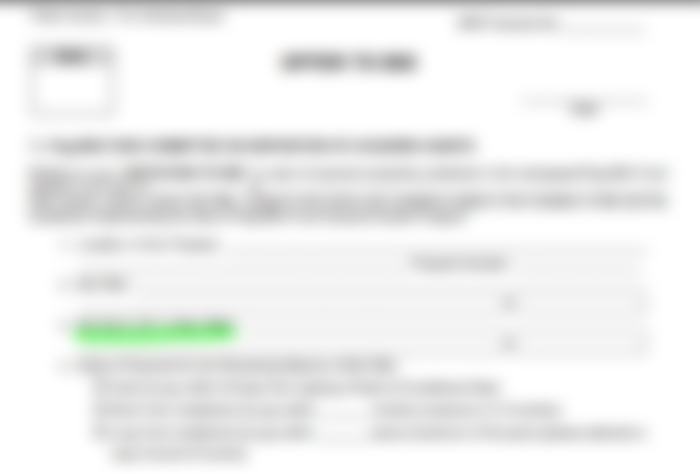







I want to try to bid dn kaso because of the lockdowns di nakavisit and ilang mos pa lang si LO ko huhu. This really needs time and patience dn ano huhu